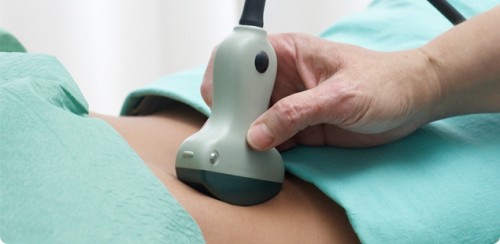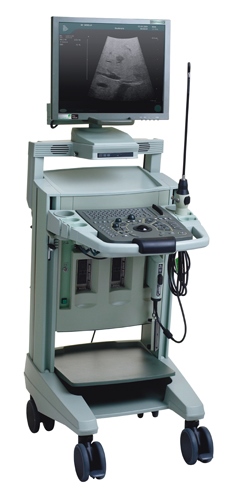Recently a new method has become available in Latvia for the diagnostics of urinary disturbances in women – 3D ultrasonography (USG) for the evaluation of the lower urinary tract and pelvic floor structure.

USG examination for women – functionally-anatomical diagnostics of urinary disturbances.
www.ars-med.lv
Radiologist Reinis LAGUNS talks about the new USG examination and its possibilities.
Innovation:
Traditionally, most of the USG devices are equipped with 2/D probes. The new USG device is equipped with a 3/D probe, which provides new possibilities for the evaluation of the pelvic floor structure.
Important!!!
This examination is meant for women for functional diagnostics of urinary disturbances.
When is this examination necessary? What do patients complain of?
This examination is appropriate in instances such as urinary incontinence, urgent need to urinate (inability to suspend), unidentifiable pain in the bladder, urinary tract or perinaeum. Quite often women with above complaints turn to urologists, gynaecologists and other specialists. They undergo different examinations; however these examinations show relatively small or no variation from the norm.
The new USG device not only allows the examination of lower urinary tract structure but also potential functional changes. It is done by asking patients to flex and relax the pelvic floor muscles – up until now such examination was not available in Latvia.
The examination lasts up to 30 minutes and during it both the superficial and transvaginal probes are used, however the state of gynaecological organs is not evaluated.

Transperineal, transvaginal 2/D and 3/D pelvic floor ultrasonographer.
www.ars-med.lv
- There is no age restriction for this examination;
- This examination is not painful and is similar to gynaecological USG;
- The diagnosis is available immediately after the examination;
- The examination cannot be performed during menstruation.
How to gain access to this examination?
Usually patients are referred to the examination by urologists, gynaecologists and sometimes by proctologists or GPs. Of course a woman can choose to sign up for the examination without a referral from a specialist, however, past experiences show that a consultation with a specialist is the best first step for a precise diagnosis.
How to prepare for the examination?
- On the day of the examination patients can eat, drink or use any necessary medication;
- It is not necessary to perform an enema or other purifying procedure;
- Patients must arrive with a full or half full bladder!
Transeperineal, transvaginal 2/D and 3/D pelvic floor USG examinations are performed by radiologists-diagnosticians:



